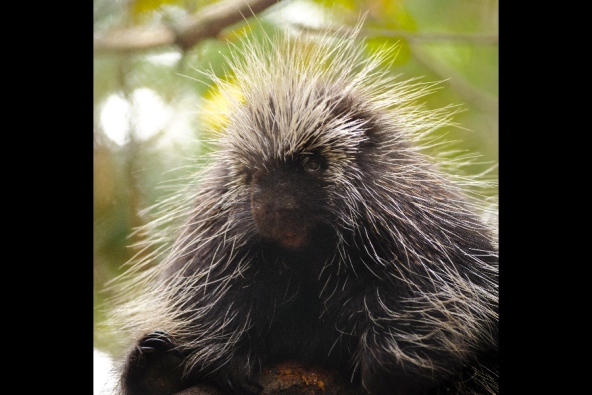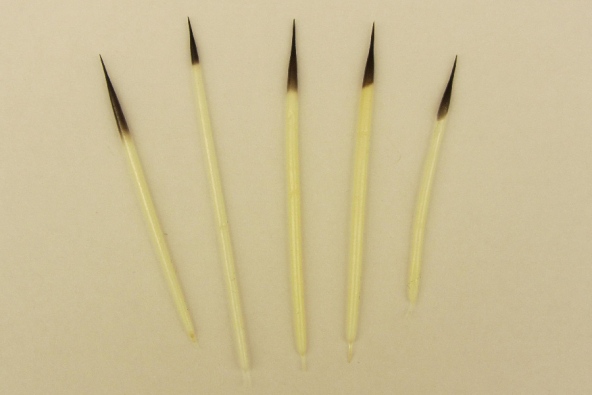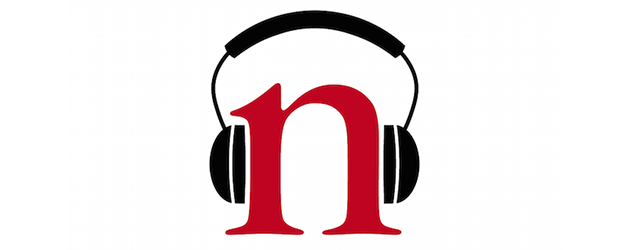Predators beware: if you mess with the North American porcupine, you may end up with a face full of needles. The Internet is awash with advice on how to remove these tenacious quills from hapless pet dogs that have troubled the spiny rodents and ended up with muzzles resembling pincushions.
The quills are great defensive weapons: they slip in with ease, but are hard to remove. Understanding that property might lead to the creation of better medical needles, staples and sutures, says Woo Kyung Cho, a biomedical engineer at Harvard Medical School in Boston, Massachusetts, and the Massachusetts Institute of Technology in Cambridge, and his colleagues. They reveal the porcupines' prickly secret in a study published today in Proceedings of the National Academy of Sciences1.
North American porcupines (Erethizon dorsatum) have around 30,000 quills that, unlike those of porcupine species found in Africa, are tipped with microscopic backward-pointing barbs. Cho and his colleagues ran tests examining the physical forces involved when the quills were stabbed into animal tissues.
Barbed wisdom
The tests revealed that the barbed quills need only half as much force to penetrate pig skin as quills that have had the barbs removed — but it takes four times as much force to pull them out. On entry, the barbs localize forces at small points, like the serrated edges of a knife. But if the quill is pulled backwards, the barbs flare out and snag on tissue fibres, says the team.
“This is the only system with this dual functionality, where a single feature — the barbs — both reduces penetration force and increases pull-out force,” says Jeffrey Karp, a biomedical engineer at Harvard Medical School, who led the study.
Karp’s lab has developed adhesives based on natural structures, including a tape inspired by the feet of geckos2, which can cling to smooth surfaces including glass. The team has now fashioned synthetic porcupine quills that harness the properties of the natural ones, and which could be used as surgical staples, says Karp.
"I think it's a beautiful example of bio-inspired design," says Lorna Gibson, a materials scientist at Massachusetts Institute of Technology, who has studied porcupine quills' internal structure.
- Journal name:
- Nature
- DOI:
- doi:10.1038/nature.2012.11986








Comments for this thread are now closed.